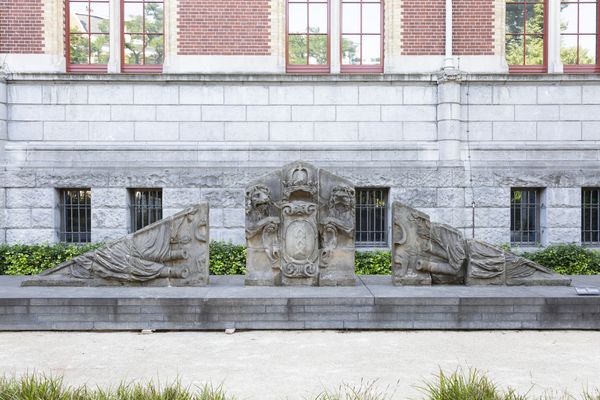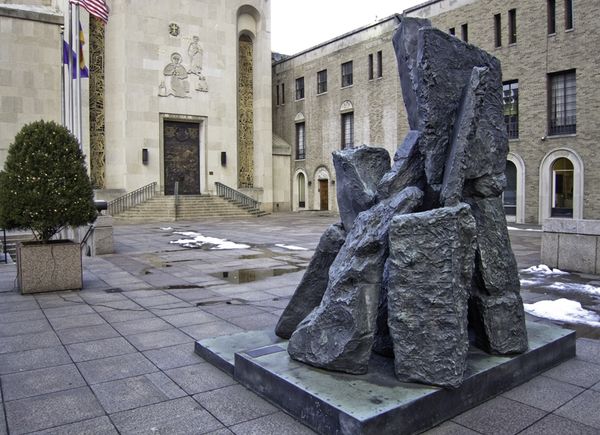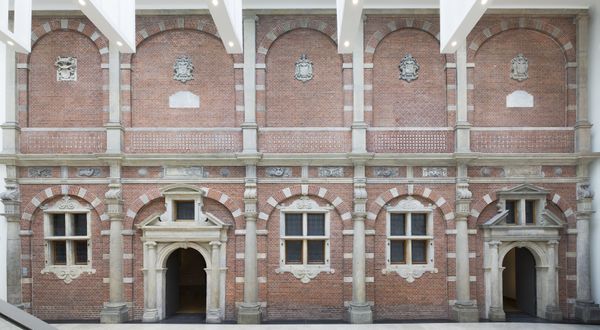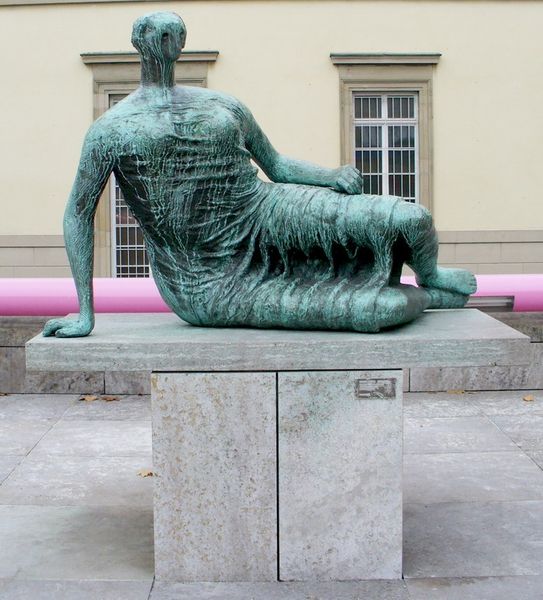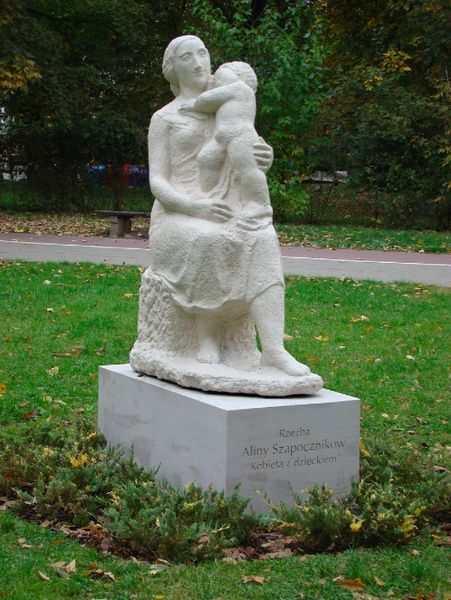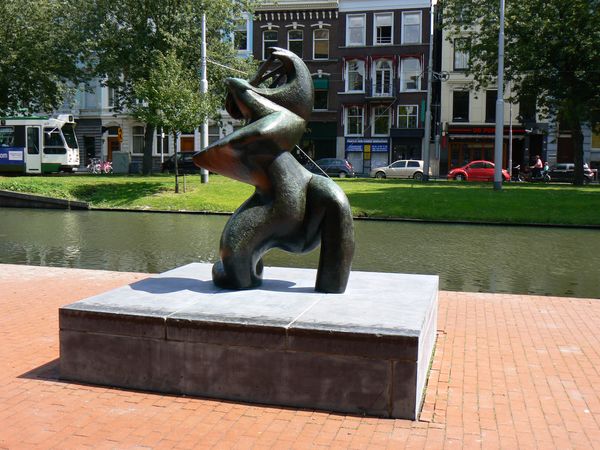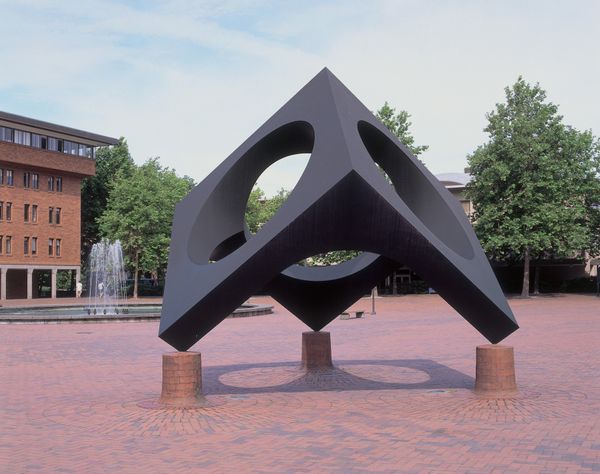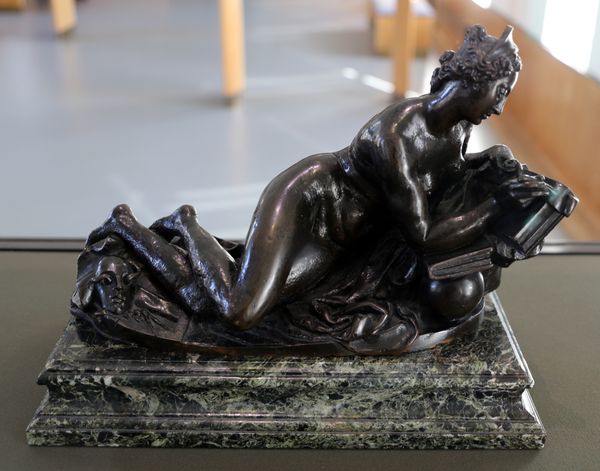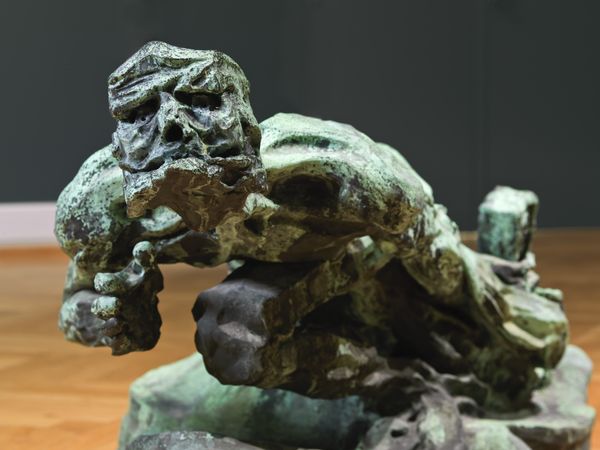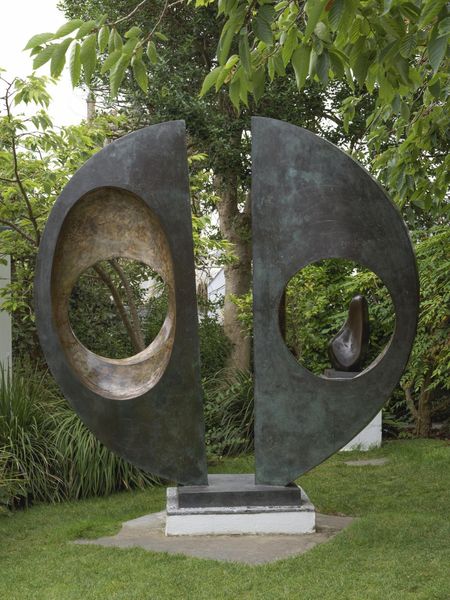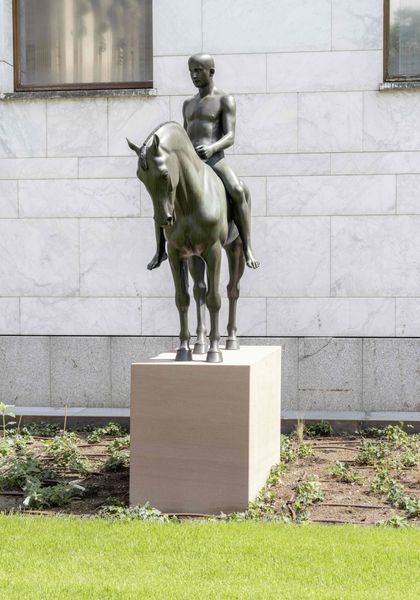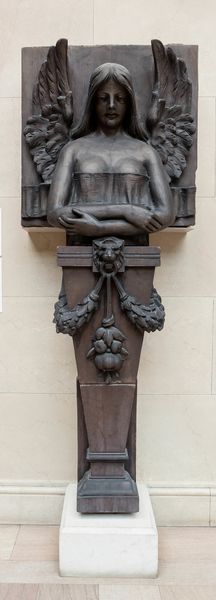
carving, relief, public-art, sculpture, architecture
#
public art
#
carving
#
baroque
#
relief
#
public-art
#
historic architecture
#
building art
#
sculpture
#
urban art
#
history-painting
#
architecture
Copyright: Rijks Museum: Open Domain
Editor: We’re looking at "Pediment", a stone carving created around 1654-1655 by Hendrick Rusius. It feels very monumental and narrative; a scene frozen in time. What stories do you think this piece is trying to tell through its symbols? Curator: Ah, yes, a frozen narrative indeed! Note the central ship, seemingly tossed about. Do you see how the figures cling to it, or are swept away by the waves rendered to the sides? The cultural memory embedded in such imagery is potent. Maritime struggles and triumphs were crucial to Dutch identity then. What kind of symbolism speaks to you in that context? Editor: I suppose the struggle against the water makes sense given its placement on a building facade; it's like a permanent reminder of human endeavor against the elements. But beyond that simple idea, what else might we see in these particular figures? Curator: Precisely. The ship might represent not only navigation, but also the "Ship of State." Note, too, how the figures on the ship might reference types of people – perhaps commoners to merchants to soldiers? Look closer at the surrounding figures and objects. Do you recognize symbols of trade? Sea monsters that represent external threats, for instance? Each contributes to a complex visual allegory that speaks to a time of both flourishing and immense challenge. Editor: That's a good point! I had not recognized specific classes or threats. So it could also speak to national pride, not just maritime success... That completely changes my perspective! Curator: It does, doesn't it? Rusius masterfully taps into archetypal images that evoke feelings of resilience, ambition, and even anxiety. Visual culture shapes the social consciousness, then and now. I would be keen to learn what symbols do today, how new symbols work now. Editor: Yes, it is fascinating how much historical and emotional depth can be captured in what, at first glance, seems like a simple stone carving. Thanks for unpacking that for me.
Comments
rijksmuseum about 2 years ago
⋮
These pediments appeared on the two sides of one of Amsterdam’s city gates: Regulierspoort. The pediment on the city-side showed a cog, a common cargo ship in the Middles Ages, used to transport large amounts of produce. As a commercial city, Amsterdam sported a cog in its emblem. The gate, which stood at today’s Rembrandtplein, became obsolete in 1669 and was used as a butter weigh house until it was demolished in 1874.
Join the conversation
Join millions of artists and users on Artera today and experience the ultimate creative platform.
